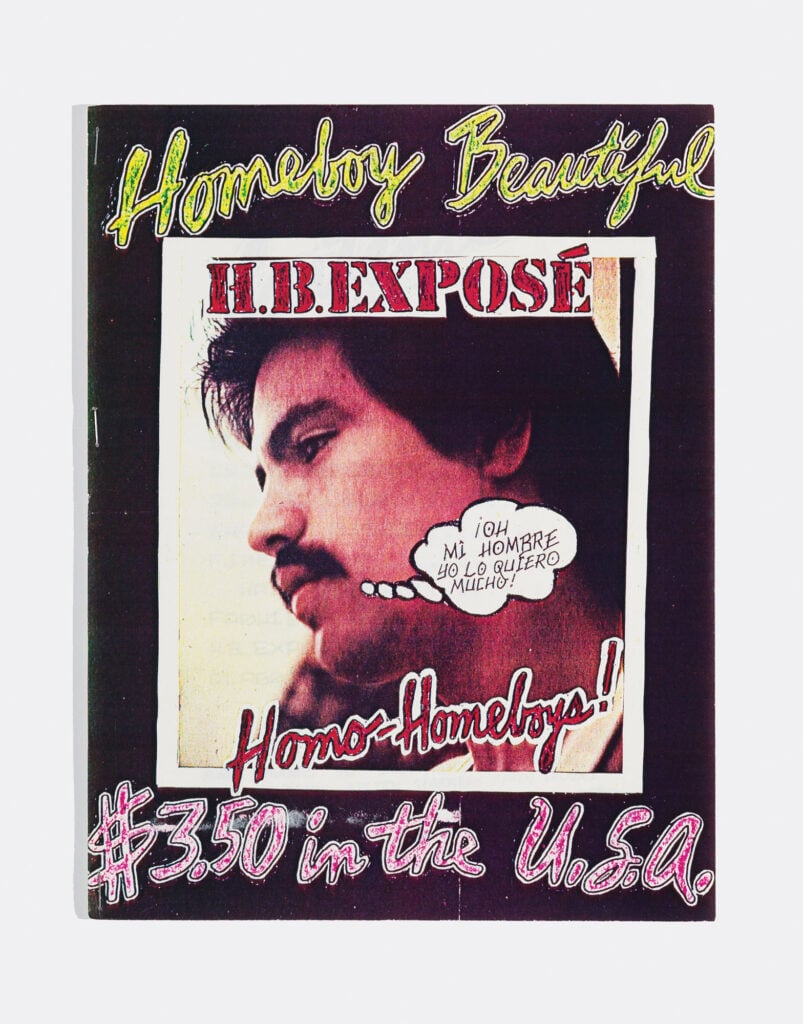
November 22, 2023
Brooklyn Museum Presents an Exhibition of Artist-Made Zines


Composed of some 800 artifacts, Copy Machine Manifestos’ monumental undertaking is organized by Branden W. Joseph, Frank Gallipoli Professor of Modern and Contemporary Art at Columbia University, and Drew Sawyer, Sondra Gilman Curator of Photography at the Whitney Museum of American Art. It will also feature an accompanying catalog of the same name.
The robust survey of early mailers, poster pages, shape-shifting inserts, and unfurled printed matter—highlighting a sliver of the canon—is roughly organized by chronology and further parsed by social networks from the 1970s through today. Presented as genres, narratives include the Correspondence Scene, Punk Explosion, Queer and Feminist Undergrounds, Subcultural Topologies, Critical Promiscuity, and A Continuing Legacy. Much of the material honors authors, artisans, and outliers who drew inspiration from their subcultures to challenge institutions.
Works like Jordan Nassar’s saddle-stitched We Were Here First are finished with colored twine showcasing their haptic nature, while editor Linda Simpson’s My Comrade subverts the gatekeeping of traditional distribution channels with its xeroxed cut-and-paste composition.
Whereas contemporary digital media are often an exercise in—and sometimes victim of—man’s own hubris, this form of slow journalism still captivates audiences. “It is far from nostalgic or outmoded,” says Joseph. “The photocopied and printed zine remains a vibrant means of artistic expression.”
Would you like to comment on this article? Send your thoughts to: [email protected]
Latest
Profiles
Zoha Tasneem Centers Empathy and Ecology
The Parsons MFA interior design graduate has created an “amphibian interior” that responds to rising sea levels and their impacts on coastal communities.
Viewpoints
How Can We Design Buildings to Heal, Not Harm?
Jason McLennan—regenerative design pioneer and chief sustainability officer at Perkins&Will—on creating buildings that restore, replenish, and revive the natural world.
Products
Behind the Fine Art and Science of Glazing
Architects today are thinking beyond the curtain wall, using glass to deliver high energy performance and better comfort in a variety of buildings.





